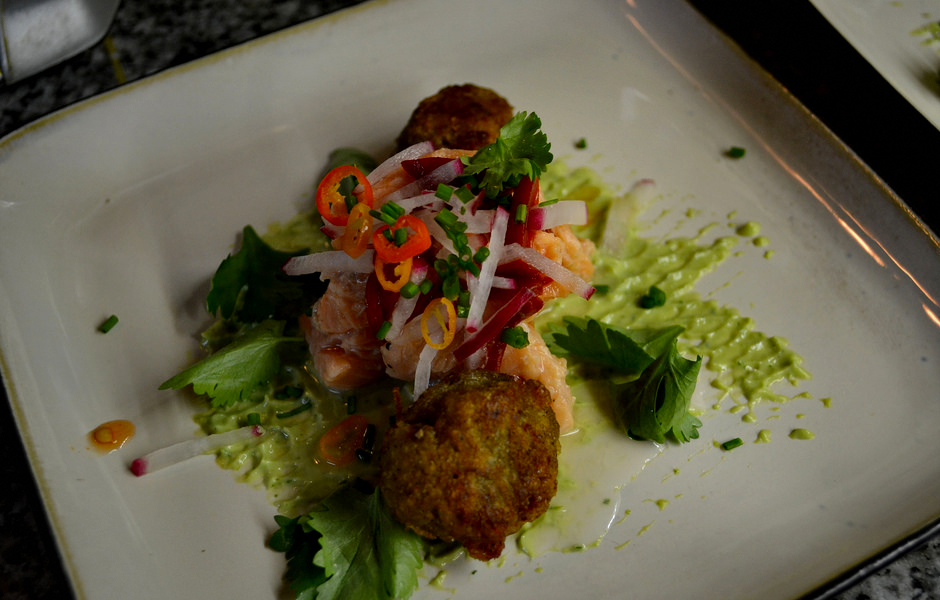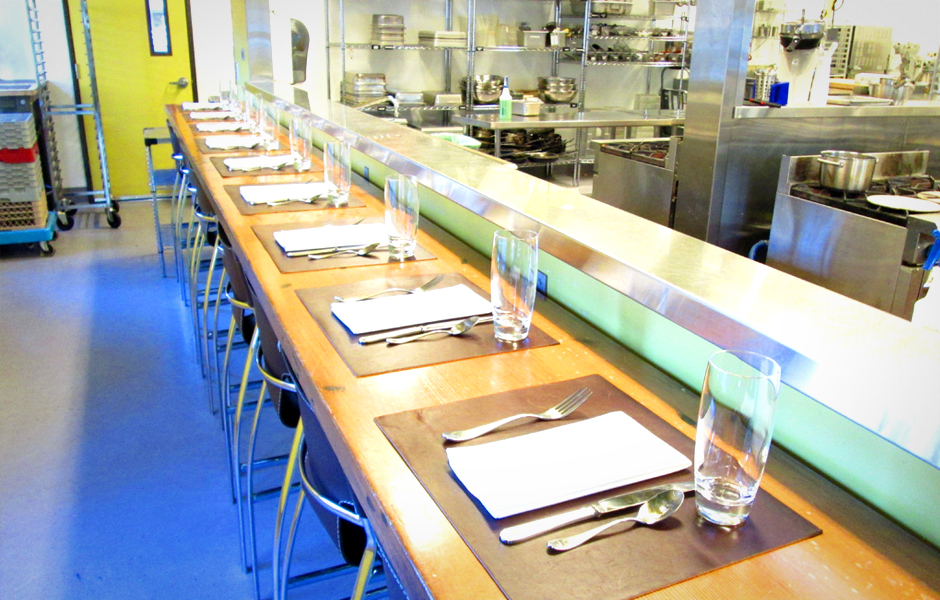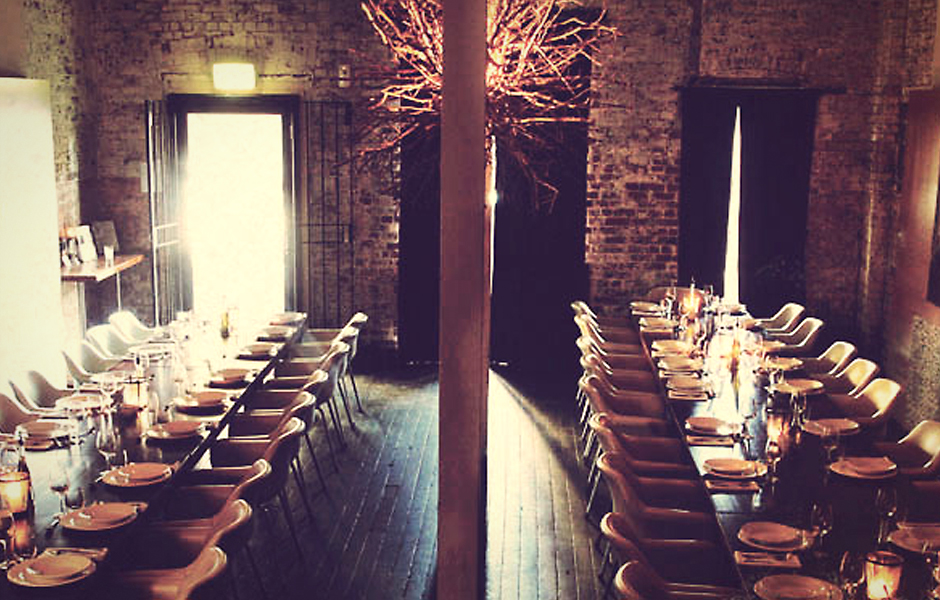- 1. Trout ceviche is often on the menu at Casa Saltshaker in Buenos Aires.
- 2. American Jimmy Haynes has been hosting strangers and friends at his atelier in Paris for more than 30 years.
- 3. Portland’s Holdfast offers chef Will Preisch’s innovative cuisine.
- 4. Table for 20 is one of the hottest dining concepts in Sydney.
The lone diner. You sit in restaurants by yourself, savoring your wine and food, listening in on conversations but never being a part of one. It’s a solitary experience that can sometimes become lonely. But loners need not suffer anymore. From Portland to Sydney to Buenos Aires, crafty entrepreneurs and chefs have created supper clubs that don’t just serve multiple delectable dishes, but friendly discourse as well. The Manual picks our top-four from around the world.
Casa Saltshaker, Buenos Aires
Billed as “Food. Wine. Conversation. New Friends.” Casa Saltshaker in food-rich Buenos Aires makes good on that promise. Ten guests meet and mingle at the home of American Dan Perlman. Diners are treated to a five-course tasting menu—think Andean and Mediterranean cuisine—paired with local wines. Conversation is as easy flowing as the wine. While the food isn’t five-star, the intimate ambiance and friendly host make up for it.
Chez Jim, Paris
Paris is well known for its myriad great restaurants. But for a unique experience that’s been going on for three decades, head to Chez Jim on Sundays. American Jimmy Haynes hosts up to 100 people at his beautiful atelier in the 14th arrondisement. Haynes recruits different friends to cook their signature dishes each week and guests truly enjoy a convivial atmosphere. You might be sitting next to a Bosnian one night and an Estonian another.
Holdfast, Portland
No supper club article would be complete without a mention of Portland, land of the farm-to-table restaurants. Holdfast is the hottest ticket in a town full of great eateries. Chef Will Preisch—of Bent Brick fame—serves nine-course meals every weekend, every month, at KitchenCru in NW Portland. The food is innovative and the atmosphere is intimate, both stemming from Preisch’s recent culinary stint in Europe. The dinners sell out quickly so getting on the list is crucial.
Table for 20, Sydney
Thousands of restaurants make up the Sydney dining scene, so finding a place to eat can seem daunting. Enter Table for 20. Michael Fantuz hosts a four-times-a-week meal in his home to anyone wanting to join, as long as they’re friendly and willing to pitch in if needed. Diners enjoy three unique courses with homemade limoncello—you can still BYOB wine—while listening to live music.






